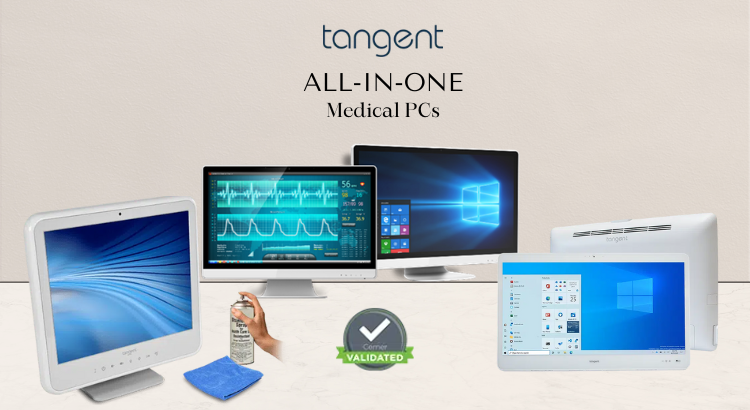You’ve heard these device names before: “Medical Computer“, “Medical Tablet“, “Medical Cart“, “Medical PC“.. your understanding of each is pretty fair and well placed; but, “Medical PC All-In-One?!” If your head just exploded or irritation struck, we get it. It’s a mouthful and what exactly is it? A Medical PC All-In-One is actually a well-appointed, […]
Category: Medical PC
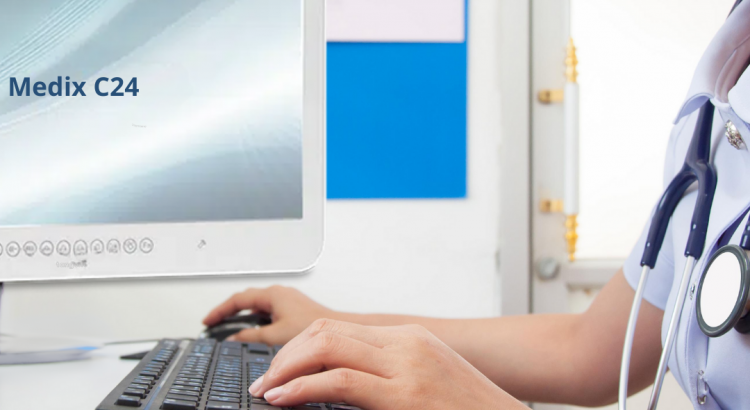
Medical PCs That Make Work Easier
Medical PCs play a crucial role in making work life easier for nurses by providing tools and features tailored to their needs in healthcare settings. How Medical PCs Benefit Nurses: Streamlined Documentation: Medical PCs allow nurses to efficiently document patient information, including vital signs, medications administered, and treatment plans, directly into electronic health records (EHR) […]
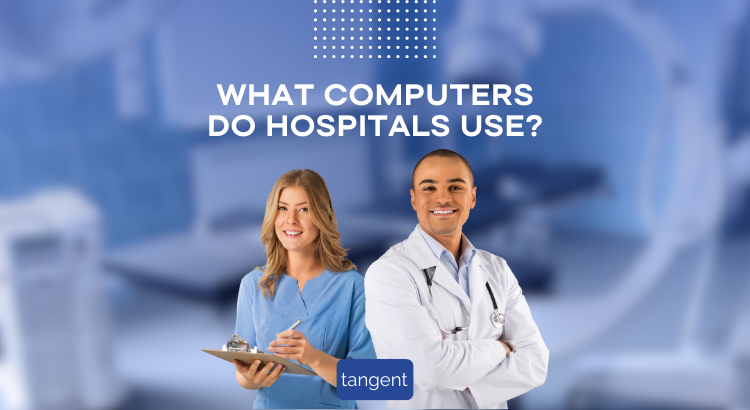
What Computers Do Most Hospitals Use?
Most hospitals use a variety of computer systems and devices to support their operations and provide healthcare services. The specific types of computers and systems used can vary depending on the hospital’s size, budget, and specific needs. Here are some of the common types of computers and systems used in hospitals: Electronic Health Record (EHR) […]
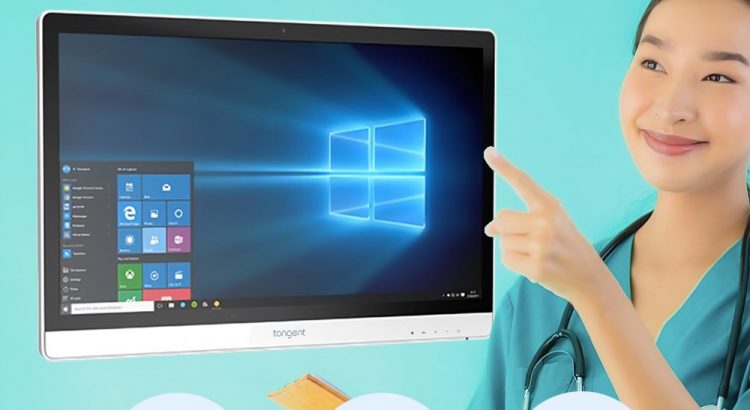
Medical PCs Streamline Hospitals
In today’s fast-paced world, technology plays a crucial role in transforming various industries, and healthcare is no exception. One such groundbreaking innovation that has revolutionized medical practices is the Medical PC. In this blog, we delve into the capabilities, benefits, and potential applications of these advanced computing systems in the healthcare landscape. What is a […]
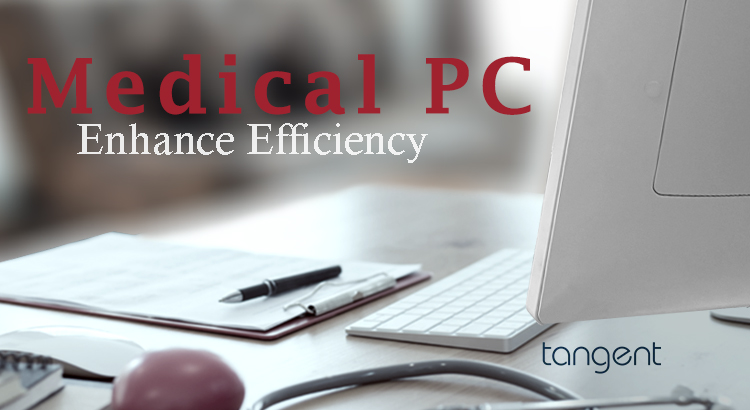
Medical PCs: Powering Healthcare Innovation and Efficiency
In the rapidly evolving landscape of healthcare, technological advancements are revolutionizing patient care, improving outcomes, and enhancing operational efficiency. At the heart of this transformation are medical PCs, purpose-built computing devices designed to meet the unique demands and rigorous standards of the healthcare industry. In this comprehensive guide, we will explore the essential role of […]
The Advantages and Limitations of Medical PCs in Clinical Settings
Medical PCs are specialized computers designed for use in healthcare facilities, such as hospitals, clinics, and doctor’s offices. These computers are specifically built to meet the unique needs of healthcare professionals and provide reliable, high-performance computing solutions in clinical settings. In this blog, we will explore the advantages and limitations of medical PCs in clinical […]
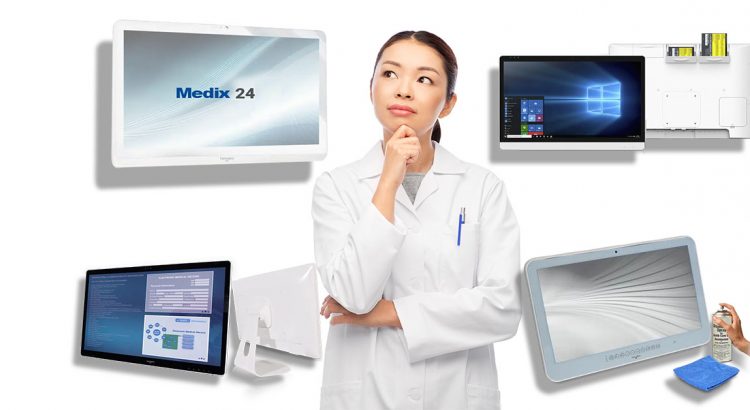
Choosing the Right Medical PC for Your Healthcare Facility
In today’s rapidly evolving healthcare industry, technology plays an increasingly crucial role in patient care. Medical PCs are one such technological innovation that has transformed the healthcare industry by improving patient outcomes, increasing efficiency, and providing healthcare professionals with real-time patient information. Choosing the right medical PC for your healthcare facility is an essential decision […]
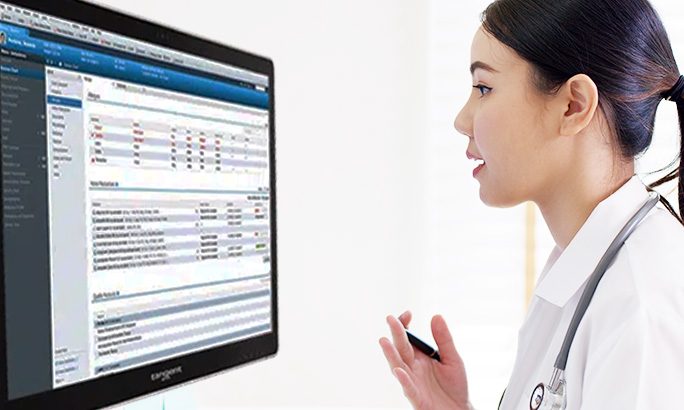
The Role of Medical PCs in Modern Healthcare
Medical PCs have become an essential component in modern healthcare, enabling healthcare providers to provide efficient, accurate, and effective patient care. Medical PCs are computers designed specifically for use in healthcare settings, with features and functions that cater to the unique needs of healthcare providers. In this blog, we will explore the role of medical […]

Medical PC Defined
Medical PC Definition Medical PCs or medical computers are developed with the healthcare industry in mind. To be called medical grade, a personal computer for the healthcare industry must carry the UL/IEC60601-1 certification. After passing rigorous safety and performance tests, medical computers earn IEC 60601-1 certification. Validation is an additional safety measure that guarantees the […]
